Planting Melons: Information On Growing Melons
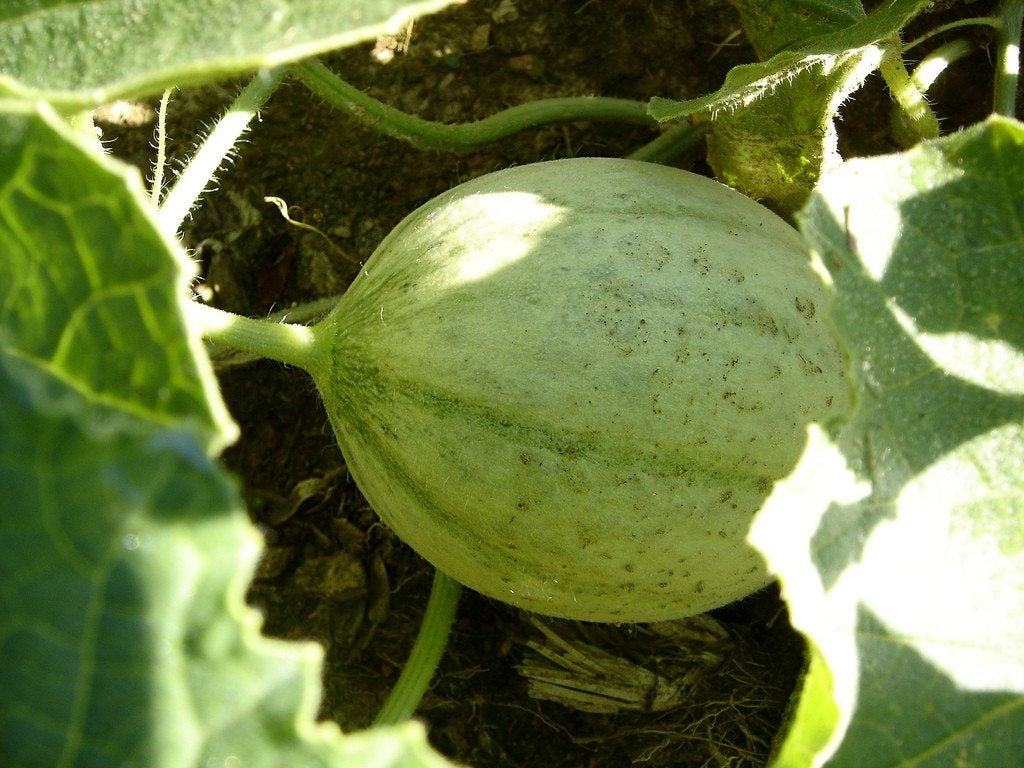
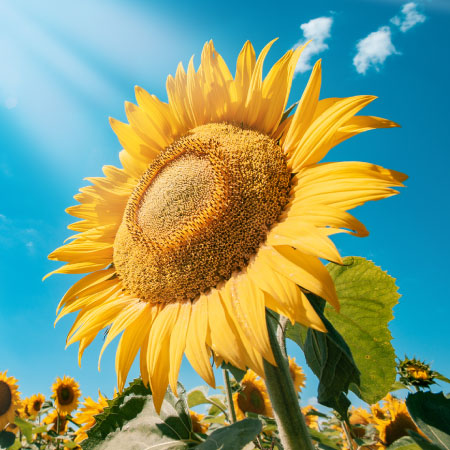
When you are planning your summer garden, you cannot forget to grow melons. You might be wondering then, how do melons grow? It isn't too difficult to grow melons. Read on to learn more.
Tips to Grow Melons
There are plenty of tips to grow melons that you will hear when you tell people you are planting melons in your garden this year. One of the best is to remember that the soil should be slightly acidic - with a pH around 6.0 to 6.5.
Another tip to keep in mind is that they cross-breed easily with other vining plants such as cucumbers and squash. Therefore, plant them away from these plants so no cross-breeding occurs.
Melons are a warm season plant that enjoy average temperatures between 70 and 80 F. (21-27 C.). After all danger of frost has past and the ground is warm, cultivate the area well and remove any sticks and rocks. Form small hills in the soil because melons are vining plants.
How to Plant Melons
Planting the melons should be done with three to five seeds per hill about 2 inches (5 cm.) apart and 1 inch (2.5 cm.) deep. Water the seeds in well after planting melons. Once the growing melon plants come through the soil, wait until two of them are taller than the others and remove the rest.
If you live in a colder climate, growing melons can still be done. You could plant the seeds in the ground and use black plastic mulch, allowing the seeds to grow up through the plastic. The plastic will keep the ground warm around the growing melons as well as help keep weeds to a minimum.
In colder climates, you can also start by planting melons indoors. Once the weather is right, you can transplant your seedlings outdoors. The plants are quite sensitive to cooler temperatures. Therefore, before planting melons outdoors, make sure you harden your seedlings so they will survive.
Gardening tips, videos, info and more delivered right to your inbox!
Sign up for the Gardening Know How newsletter today and receive a free copy of our e-book "How to Grow Delicious Tomatoes".
How to Care for Growing Melons
Growing melons require about an inch or two of water per week (that's about 2.5 to 5 cm.). Make sure you don't forget to water them when there are periods of no rain. Also, they should be fertilized every two to three weeks.
When the plants begin to bloom, don't worry if the flower wilts and no melons appear. The second flowering is actually the female flowers that produce the fruit. The first flowers are male and will normally drop off.
Harvesting Melon Plants
Slow down on the watering when it gets closer to harvesting time. Stopping the watering near harvest will allow for a sweeter fruit. Watering them too much toward harvest will water down the flavor.
Although the harvesting of melons is really dependent on the type of melon your are growing, in most cases, you'll know your melons are ripe enough when you pick one up and sniff the skin. If you can smell the melon through the skin, your melons are ripe enough to pick. Also, many types will generally break free from the vine easily once ripe.

Kathee Mierzejewski was with Gardening Know How in the very beginning, writing many of the site's foundational articles.
-
 12 Lush Alternatives To A Lawn For Sustainable Spaces
12 Lush Alternatives To A Lawn For Sustainable SpacesAlternatives to a lawn are beautiful and also beneficial to your local ecosystem and its pollinators. Explore our top picks for plants to replace grass.
By Tonya Barnett
-
 Types Of Tomatoes Explained: Explore The Many Wonderful Shapes, Colors, Flavors, & Best Uses
Types Of Tomatoes Explained: Explore The Many Wonderful Shapes, Colors, Flavors, & Best UsesThe world of tomato varieties is vast and fascinating. Learn about the key types to grow in your garden, tailored to your preferences and space.
By Amy Grant
-
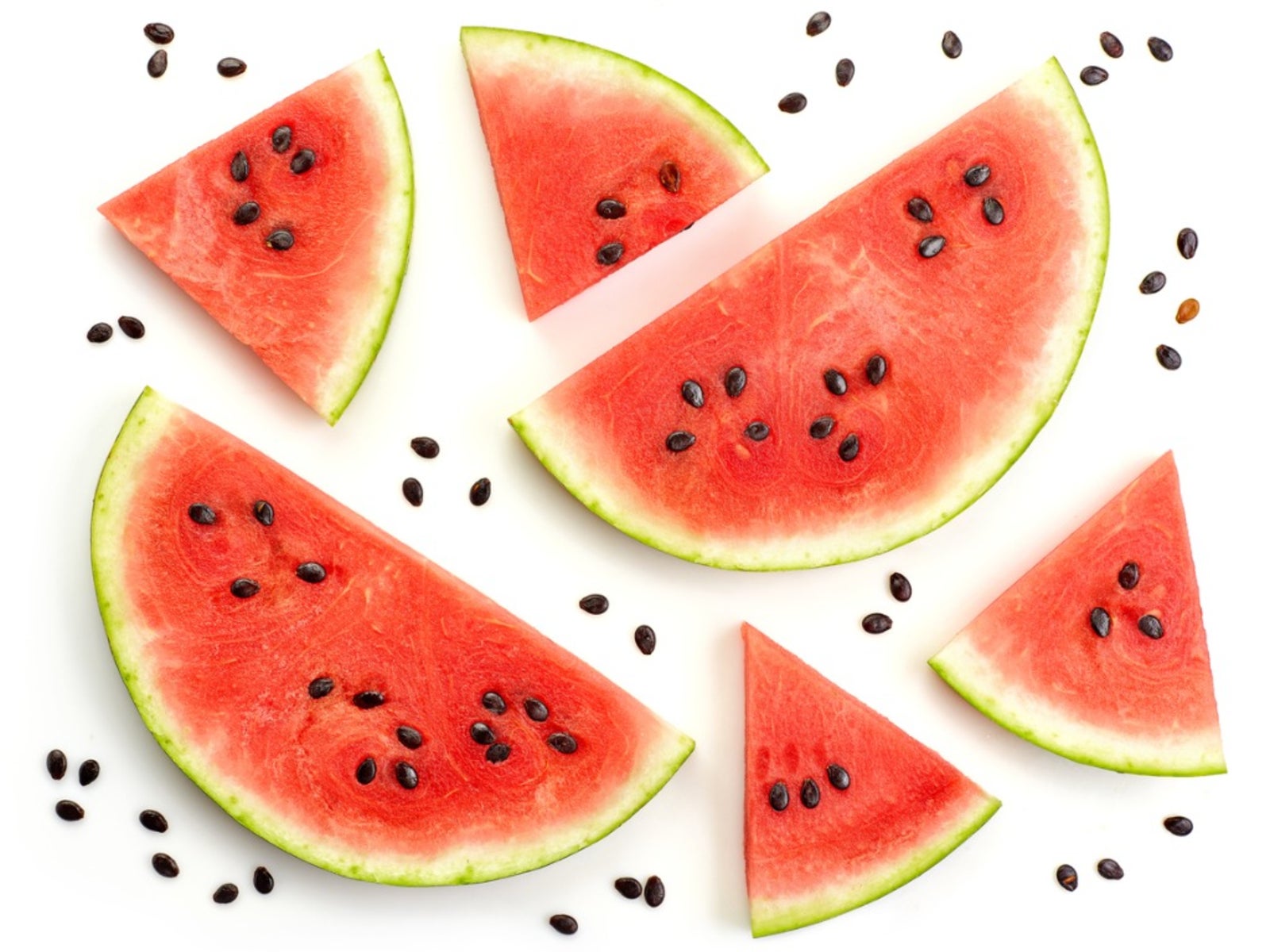 Will Seeds From A Store Bought Melon Grow - Planting Grocery Store Melon Seeds
Will Seeds From A Store Bought Melon Grow - Planting Grocery Store Melon SeedsWill grocery store melon seeds grow? More importantly, will they produce true to type? Find out here.
By Laura Miller
-
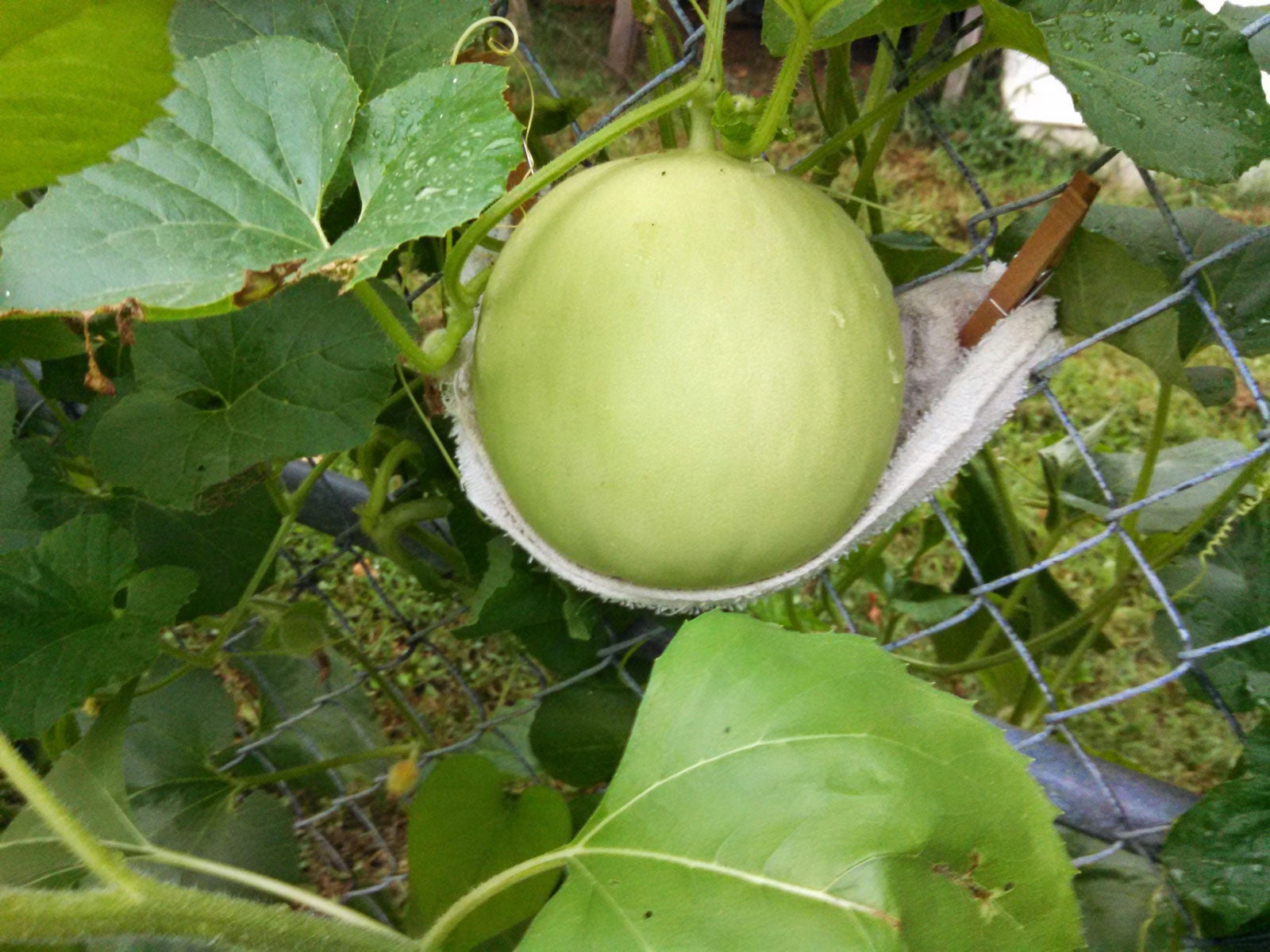 Vertical Melon Growing – How To Grow Melons On A Trellis
Vertical Melon Growing – How To Grow Melons On A TrellisWho wouldn’t like the luxury of growing watermelons, cantaloupes, and other luscious melons in a backyard garden? Melons grow on very sprawling vines that can take up most of a garden bed though. The perfect solution is growing melons vertically. Learn more here.
By Teo Spengler
-
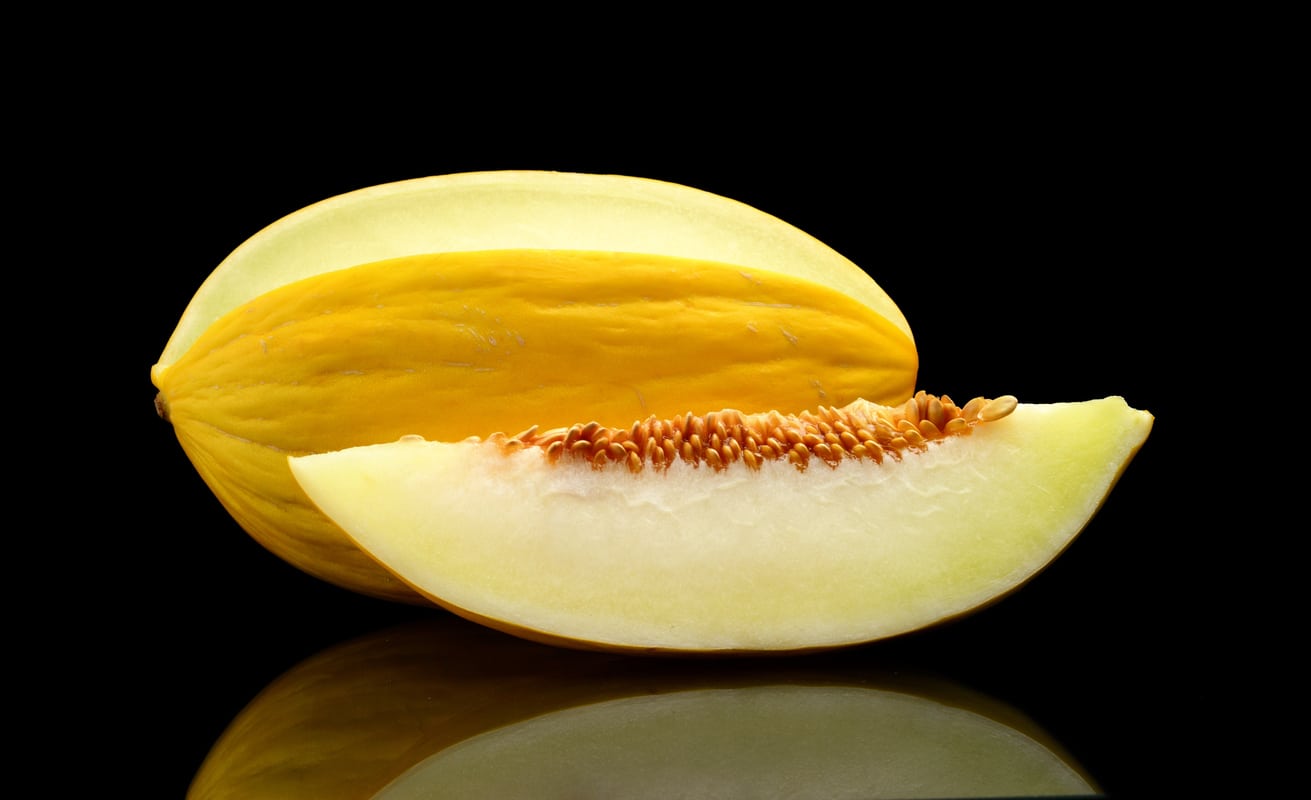 Canary Melon Information: Growing Canary Melons In The Garden
Canary Melon Information: Growing Canary Melons In The GardenCanary melons are beautiful bright yellow hybrid melons that are commonly grown in parts of Asia including Japan and South Korea. Interested in growing your own canary melons? The following canary melon information can help with that.
By Amy Grant
-
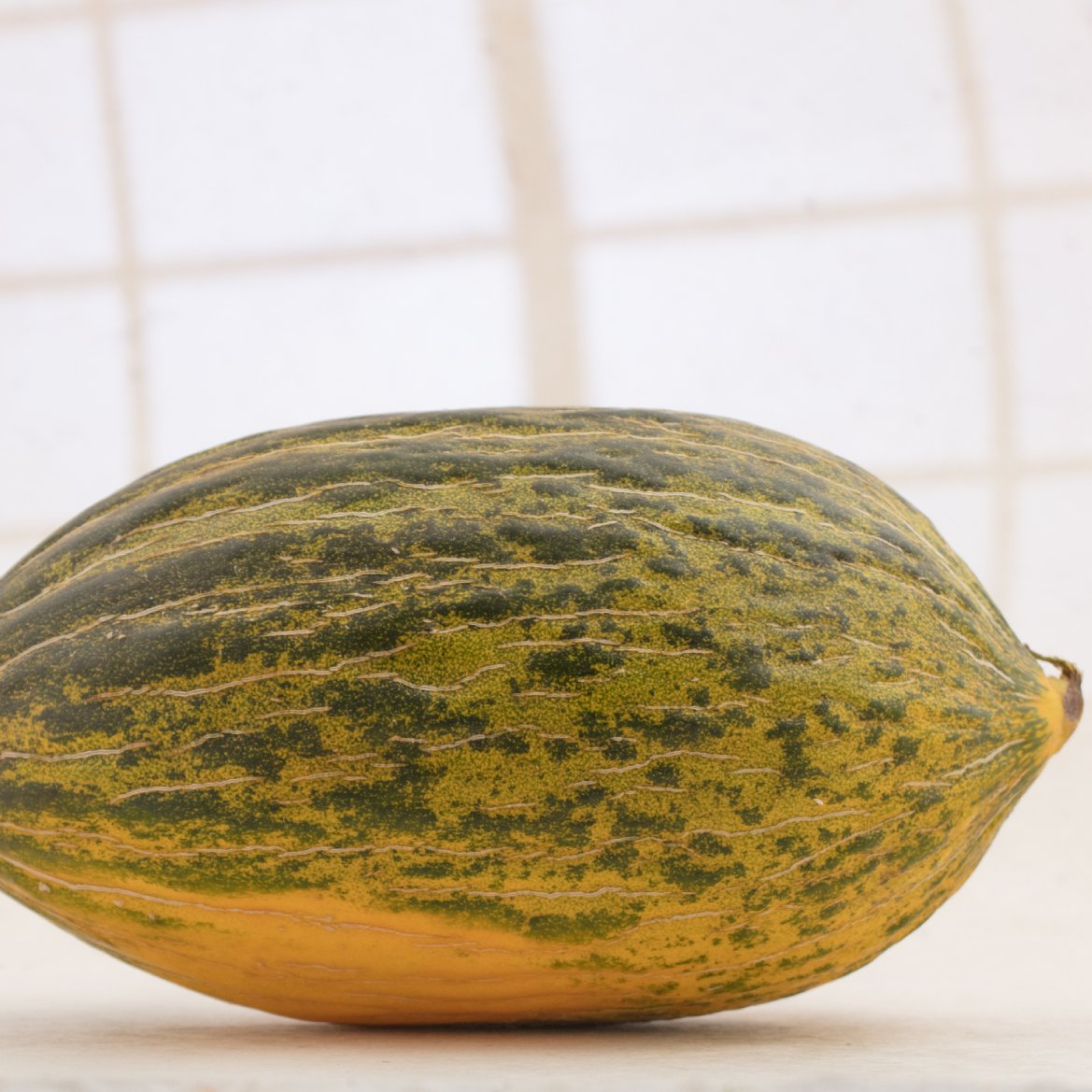 Christmas Melon Plants: Learn About Santa Claus Christmas Melons
Christmas Melon Plants: Learn About Santa Claus Christmas MelonsBy Bonnie L. Grant
-
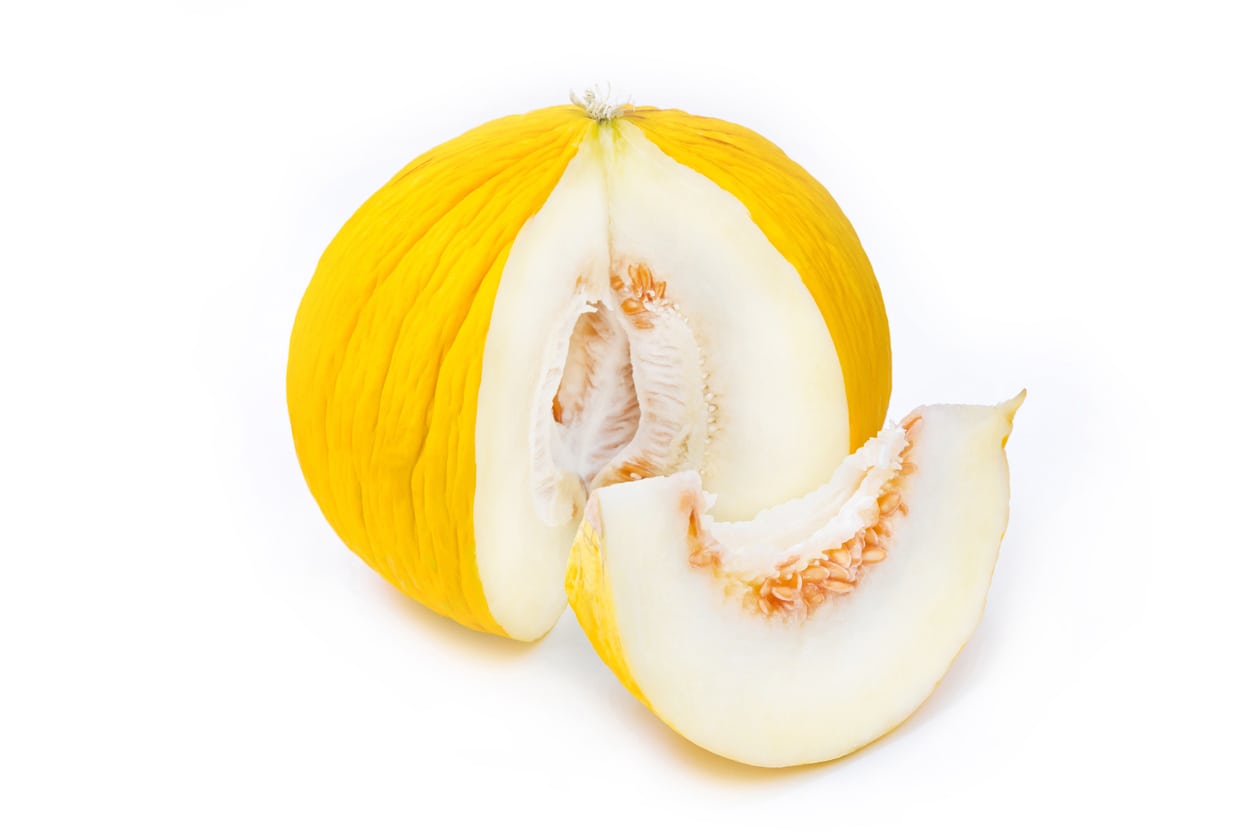 What Is A Casaba Melon – How To Grow Casaba Melons
What Is A Casaba Melon – How To Grow Casaba MelonsCasaba melon is a tasty melon related to honeydew and cantaloupe. Successfully growing a casaba melon vine in the home garden requires a little knowledge about care and harvesting but is generally easy and similar to growing other melons. Learn more here.
By Mary Ellen Ellis
-
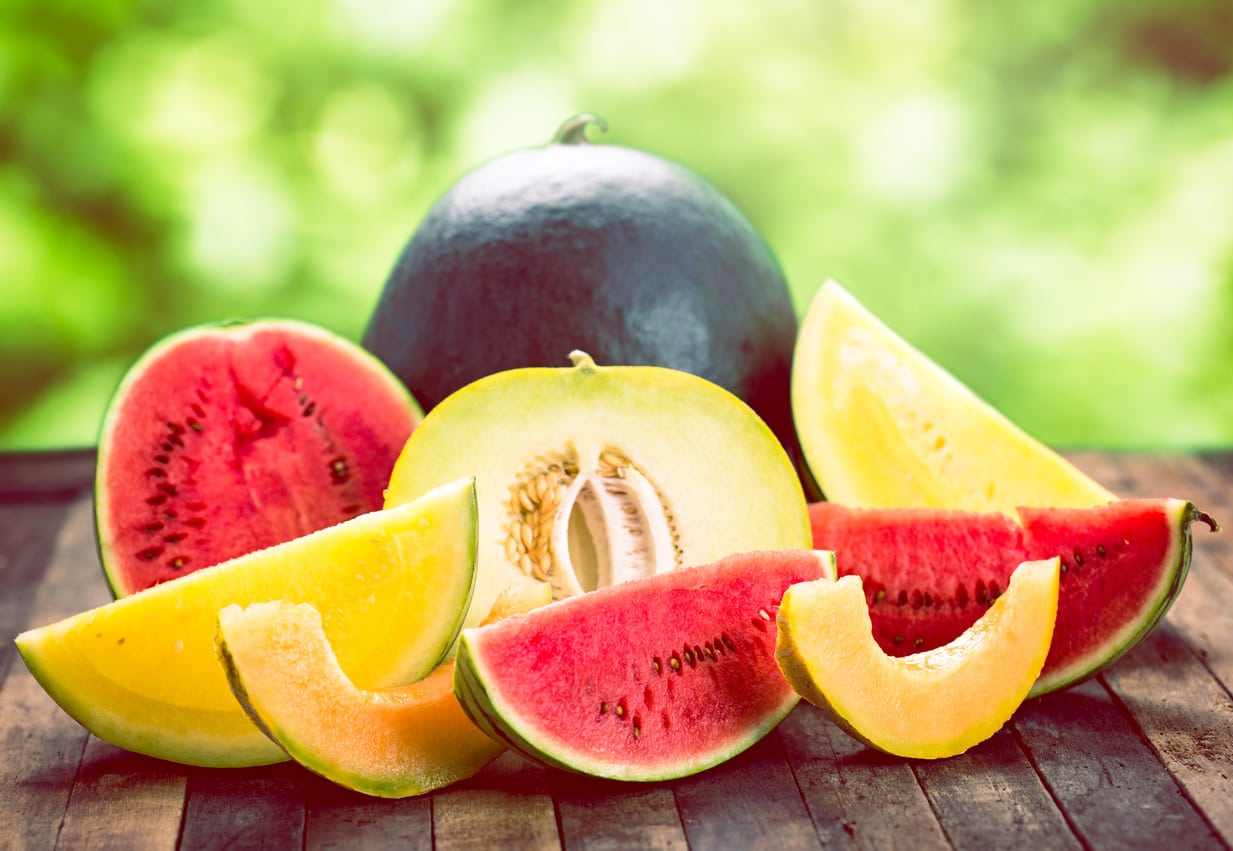 Types Of Melons: Different Melon Plant Varieties For The Garden
Types Of Melons: Different Melon Plant Varieties For The GardenMelon is a favorite summer fruit. Few things are better than a cold slice of watermelon on a hot day after all. These are pretty easy plants to grow in the garden too, and there is a seemingly endless variety of different melons to try. Learn about them here.
By Mary Ellen Ellis
-
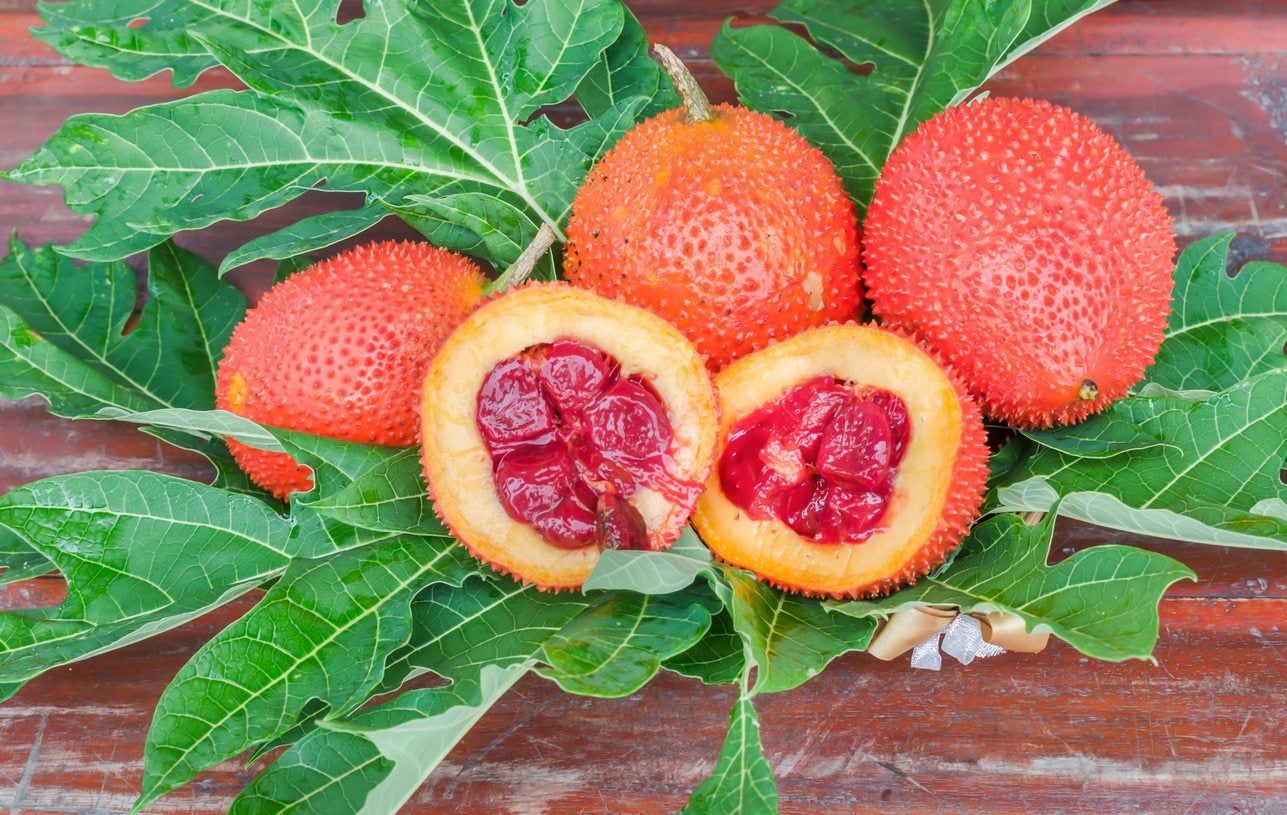 What Is A Gac Melon: How To Grow A Spiny Gourd Plant
What Is A Gac Melon: How To Grow A Spiny Gourd PlantUnless you dwell in regions from Southern China to Northeastern Australia where gac melon hails, it?s probably unlikely you've heard of it. What is gac melon? Click this article to find out about growing gac melon fruit, its care and other gac melon information.
By Amy Grant
-
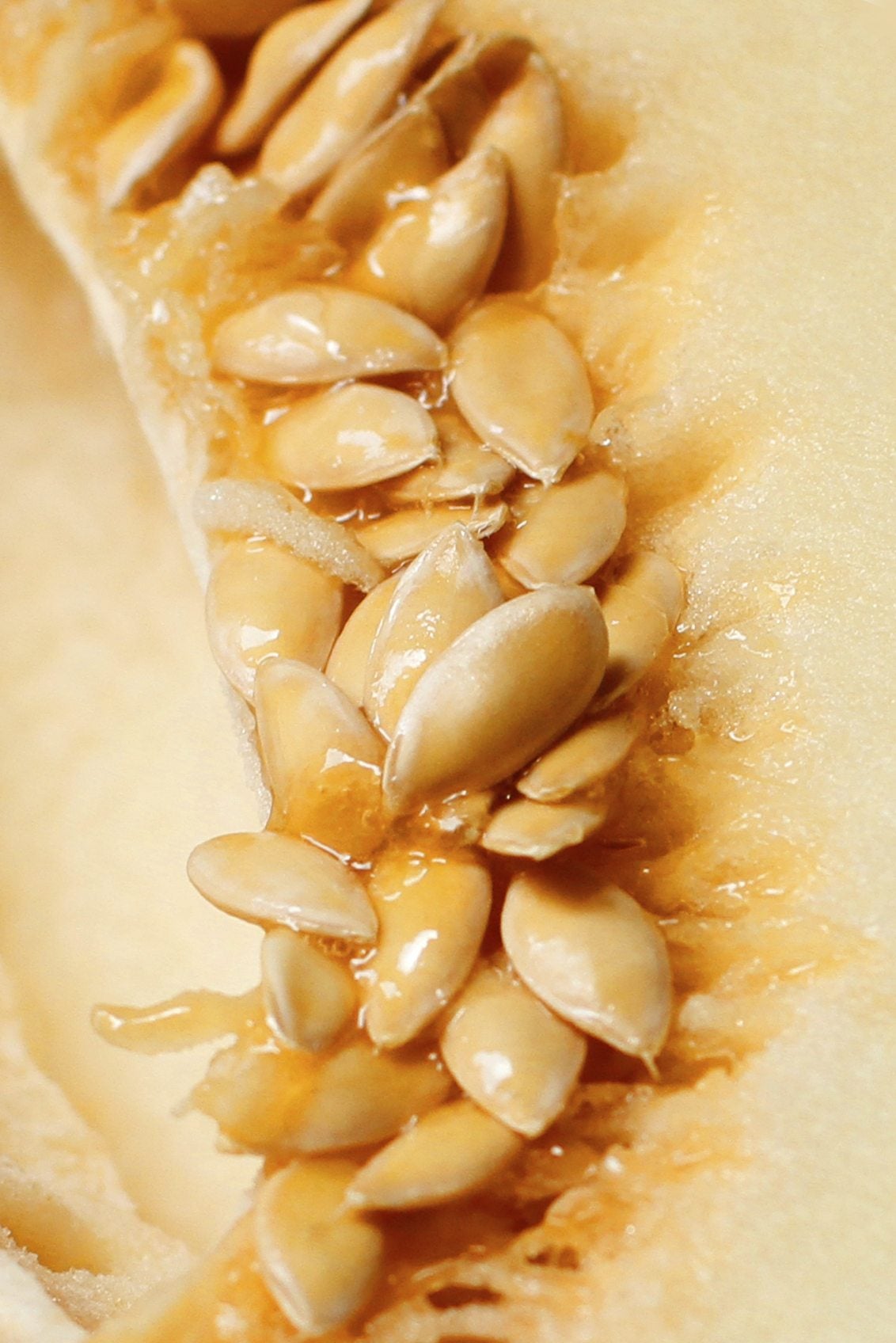 Melon Seed Harvesting And Storage: Tips For Collecting Seeds From Melons
Melon Seed Harvesting And Storage: Tips For Collecting Seeds From MelonsCollecting seeds from garden fruits and vegetables can be thrifty, creative and fun for a gardener. Saving melon seeds from this year?s crop for next year?s garden requires planning. Read this article for tips about collecting seeds from melons.
By Teo Spengler